Getting a Taste of Plantation Life at Boone Hall
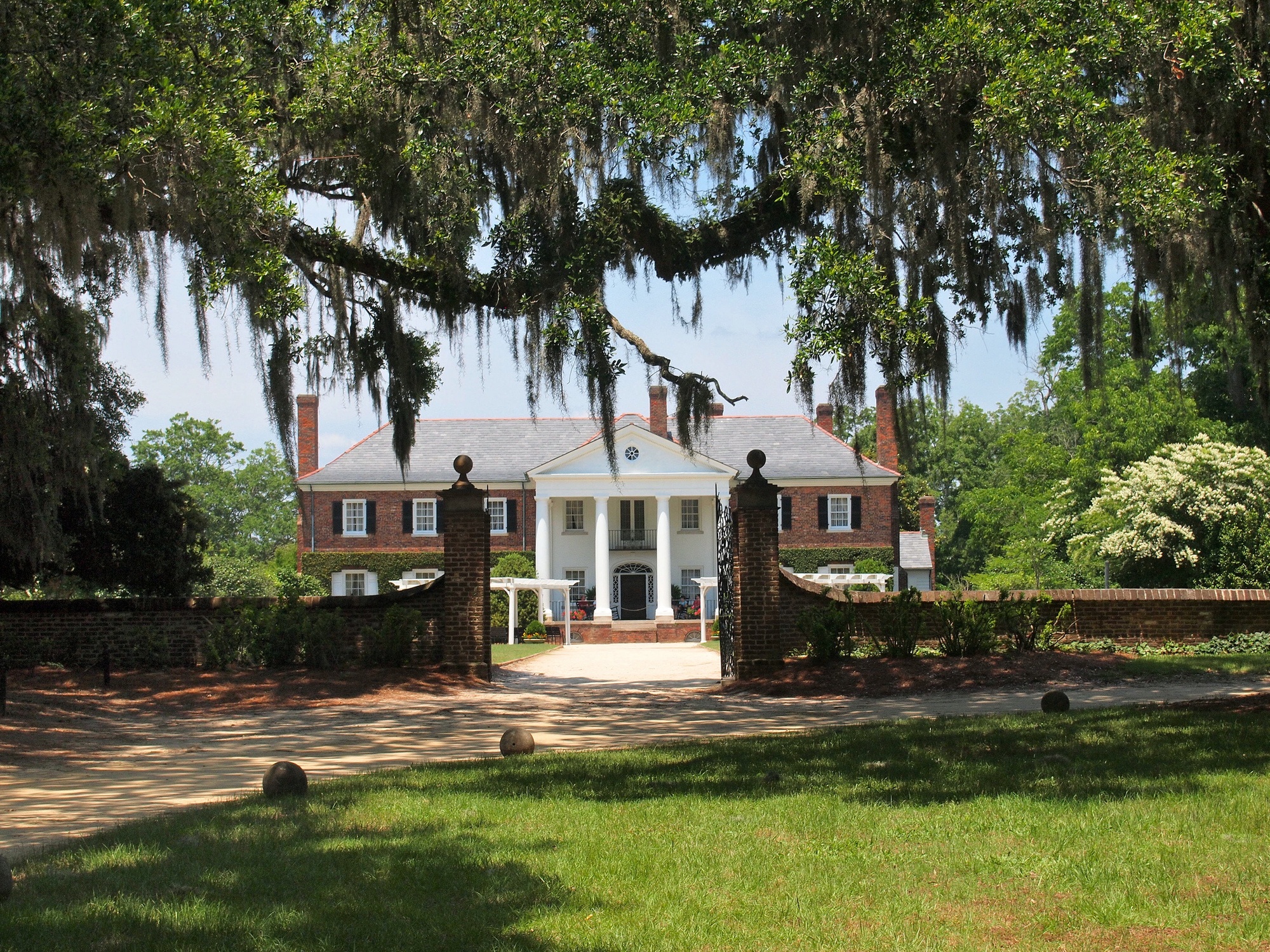
As an American, there are certain aspects of my country's history that I'm not exactly proud of.
It's a shame I know I’m not alone in feeling, though, whether in my country or in other nations and cultures around the world. Nearly every country has something dark in its past that it would rather forget. Wars. Scandals. Discrimination.
The key is NOT to forget these things, though. Instead, we need to learn from the mistakes.
Arguably the biggest “mistake” in America’s history is its centuries of slavery.
Slavery was never confined to the U.S., of course. But in terms of historical hiccups, I feel like slavery has had the most lasting effect on America as a nation. To this day we are still dealing with issues associated with slavery, the Civil War, and the struggle for civil rights.
The good news is that this makes for some fantastic learning opportunities.
On my recent road trip through the Old South, my sister and I decided we wanted to visit at least one antebellum plantation. For a very long time, plantations – and the slave labor that fueled them – were the backbone of the Old South. We wanted to understand plantation life a little better, and after some research settled on a visit to Boone Hall Plantation in Mount Pleasant, South Carolina, just outside of Charleston.
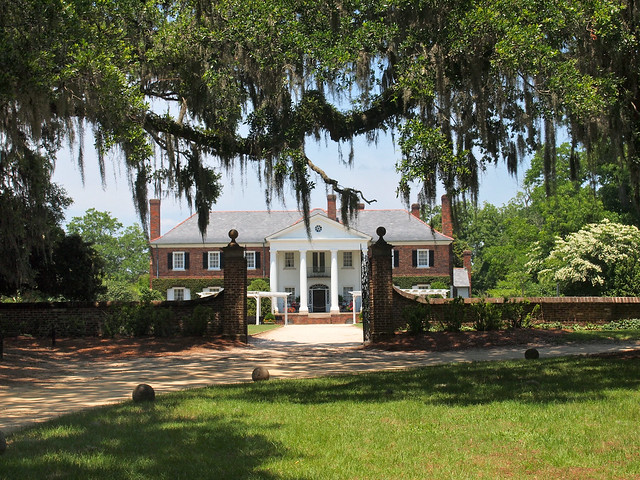
Boone Hall Plantation history
Boone Hall began as a 470-acre plot of land gifted to Theophilus Patey in a land grant in 1681. Patey then gave the land to his daughter and her husband, John Boone, as a wedding gift. Since then, the plantation has grown everything from rice to cotton to pecans to strawberries, and has been owned by everyone from farmers to businessmen to a Georgian prince. (It also grew in size, reaching more than 4,000 acres by the mid-1930s.)
Boone, however, was really the catalyst that started it all. It was his heirs that built the original wooden farmhouse on the land in 1790, as well as planted more than 80 live oaks along the mile-long driveway in 1743 – now known as the famous “Avenue of Oaks.”
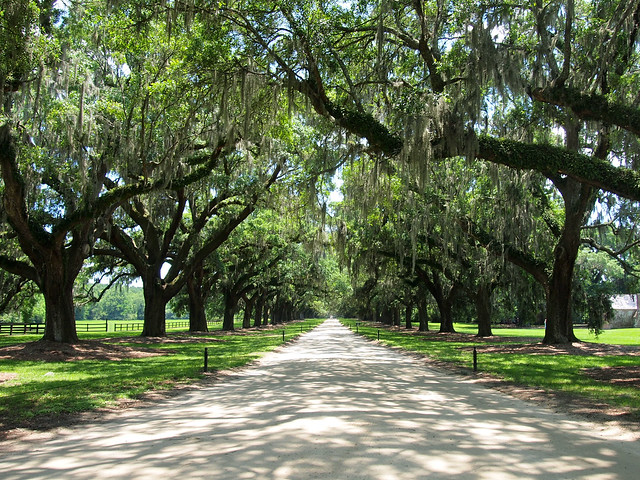
Boone was also the one who began using slave labor to run day-to-day operations of the plantation.
Slaves from West Africa were first brought over to grow rice. Then the crops of choice became cotton and indigo. When the Horlbeck family bought the plantation in 1817, they opened up a brickyard and began producing bricks using the clay from the nearby Wampacheone Creek. These bricks – produced entirely by the slaves – were used to build many buildings in downtown Charleston.
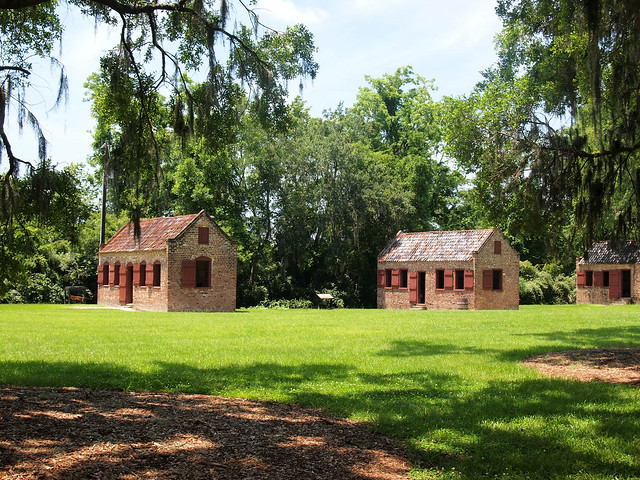
After “the War of Northern Aggression” (AKA the Civil War to us Northerners) ended the slave trade in America, Boone Hall’s main crop became pecans. For a while, it was the largest producer of pecans in the U.S.
Many of the former Boone Hall slaves stayed on at the plantation as sharecroppers – still living in slave cabins and doing their former jobs. (And if you think this doesn't sound like a very great deal, it wasn't; but that was the reality for a majority of “emancipated” slaves who had nowhere else to go.)
After the Horlbecks, Canadian Thomas Stone bought the property in 1935. He owned it long enough to tear down the original wooden farmhouse and build the Colonial Revival-style house that stands at Boone Hall today, using wood from the original house and bricks from the then-defunct Horlbeck brickyard.
In 1955, the current owners (the McRaes) bought the house, opening it up to the public in 1957.
Visiting Boone Hall Plantation
Today, visitors to Boone Hall Plantation can not only tour the house and learn about the families that shaped its history, but they can also take a tour of the property to learn about all the crops that have grown here over the past 320+ years, as well as visit 9 original slave cabins (dating from the late 1700s) that were used by sharecroppers well into the 1900s.
As far as educational experiences go, Boone Hall offers up a lot. Along with a house tour, grounds tour, and interactive exhibits in the slave cabins, my sister and I also sat in on a show at one of the cabins about the slaves that came over to the Carolinas from West Africa and the adjustments they had to make. This look into Gullah-Geechee culture was unexpected, yet fascinating.
Plantation tours often gloss over the story of the slaves, so I appreciate that Boone Hall offers some educational options about this side of plantation life, too.
And the best part is that all the tours and activities at Boone Hall are included with the price of admission.
If you are at all interested in the history of this part of America's past, I highly recommend a plantation tour like this in the Old South.
If You Go…
- Where: Boone Hall Plantation, Hwy 17 in Mount Pleasant, SC
- Hours: Regular business hours
- Admission: $24 per adult
- Admission includes: 30-minute house tour; 40-minute narrated plantation coach tour; entry into the slave cabins, gardens, and butterfly pavilion; and performances at the Gullah Theater
My sister and I settled on Boone Hall both because of the photos we saw (how AWESOME is the Avenue of Oaks?!) and because of the fact that everything is included with the admission price. Other plantations in the area that you can tour charge you separately for every little thing, which can add up quickly.
I also wanted to go to a plantation that at least acknowledges the reality of slavery in the South instead of just glossing over it. Boone Hall isn't perfect in this respect, but offers more than other plantations in the area.
Don't have a car? You can also visit Boone Hall on this plantation tour from Charleston.
Would you want to visit a place like Boone Hall Plantation?
Pin it for later:

Amanda Williams is the award-winning blogger behind A Dangerous Business Travel Blog. She has traveled to more than 60 countries on 6 continents from her home base in Ohio, specializing in experiential and thoughtful travel through the US, Europe, and rest of the world. Amanda only shares tips based on her personal experiences and places she's actually traveled!

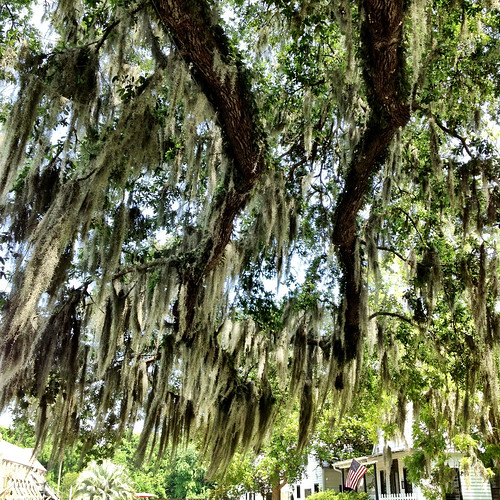
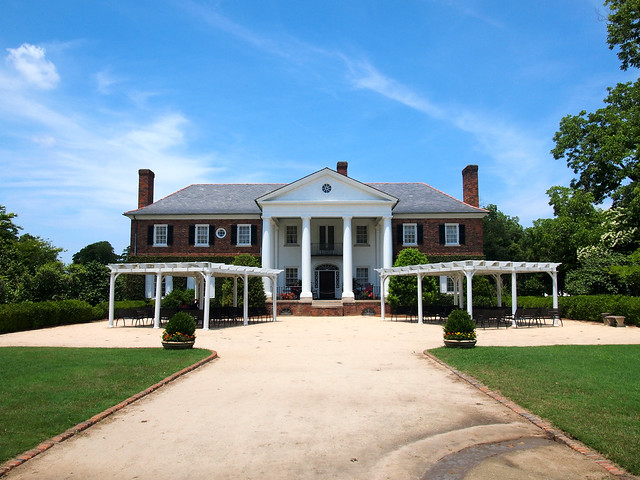
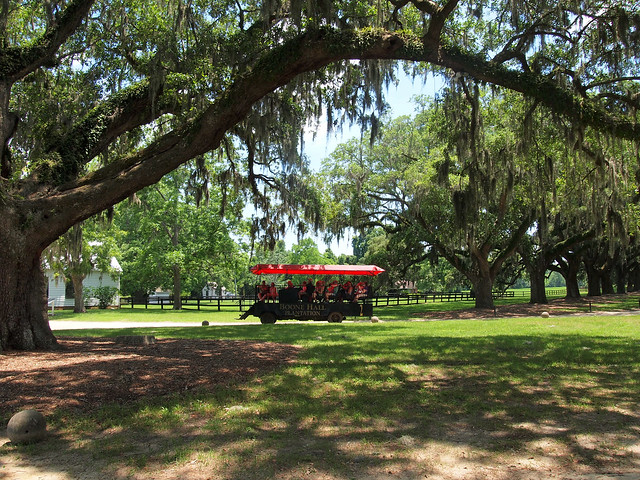
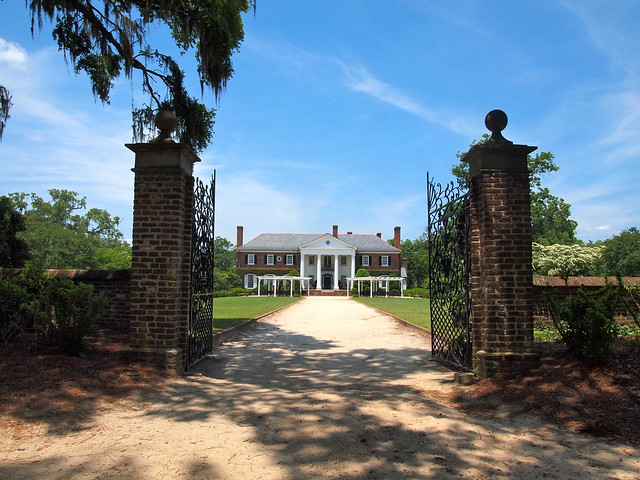
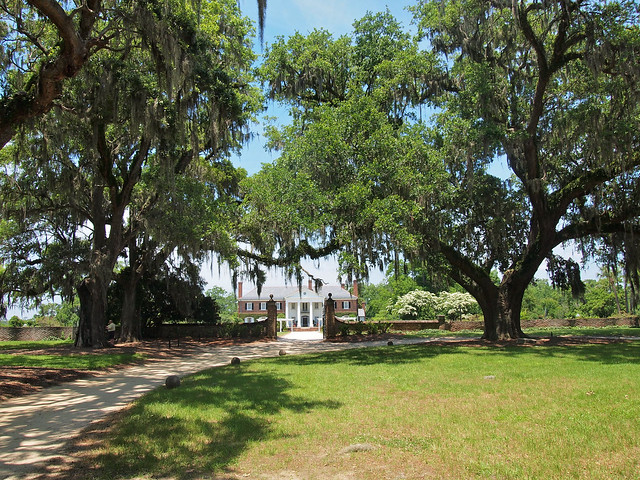
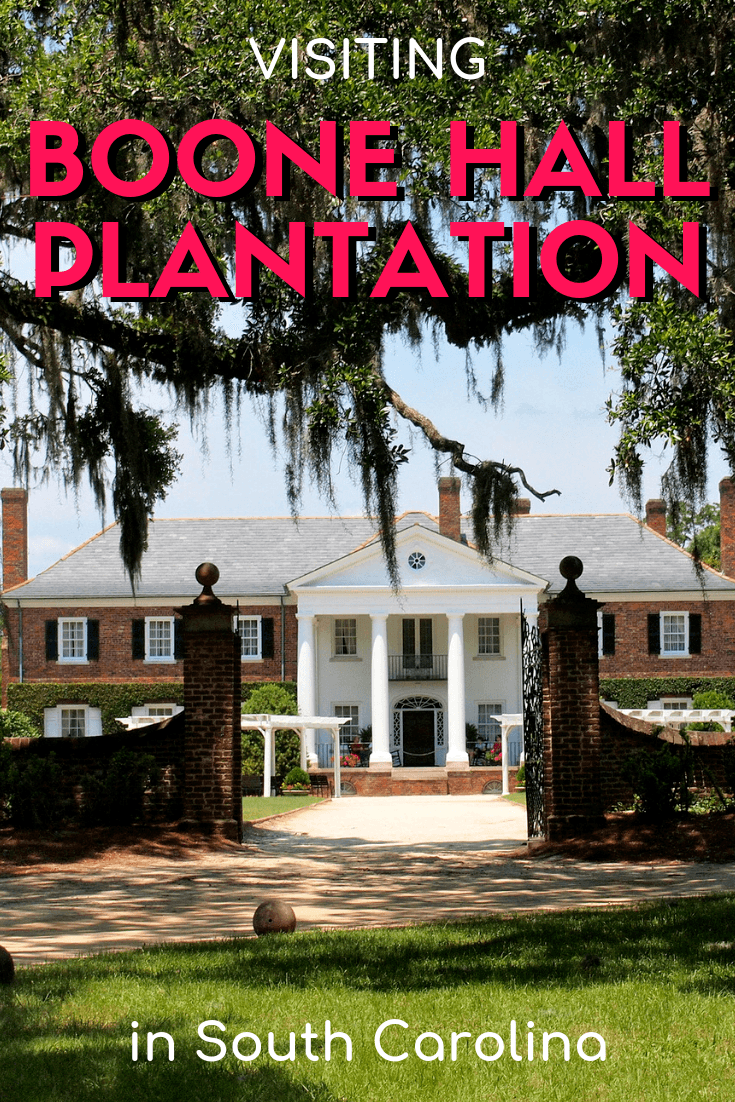









I don’t know if I could stomach walking the grounds of a place where my fellows humans suffered so greatly and the fact their suffering is exploited for entertainment value at $24 is sickening. Despite it’s physical beauty, this whole place stinks of exploitation and is not a place I would spend my leisure time as it is so disturbing, like a horror movie.
I certainly understand and respect that opinion, and there are plenty of plantation tours that I would NOT recommend. Some of them do a decent job of covering what life was like for enslaved people, though, and I actually think it’s really important that we confront ourselves with those realities. I’ve toured all sorts of “dark” sites, from concentration camps in Poland to killing fields in Cambodia. They all carry an admission fee, and I don’t think it’s exploitation; if anything, it’s often the best way to truly understand some of the horrors of the past.
Missed some key details in the history of Boone Hall but great read over all. While it is probably the most famous plantation here in the low country, there are so many others who acknowledge their role in Southern Antebellum lore. The lowcountry is a beuatiful place to live and even better place to live. I am a transplant from Ohio and daily I find something new and beautiful.
Enjoyed your write up. My husband and 2 children went to Boone Hall Plantation in 1983 or 84. We read about it in our travel book from the Canadian Auto Club. No computers back then. We are from Hamilton Ontario Canada. We love antiques and lived in a home that was build in 1906 (which by American times is not old but for our city was 1860 when it was established, the city didn’t have electricity till 1898) anyway. We lived on a street called Beulah St. at the time and we had shirts on with the Parks name on it. It read Beulah Park. While doing the tour of the house we walked around the grounds and came across a lady who was rocking in a chair on the porch of what was the Wooden house called the Commisary. She was a large happy black lady and she immediately asked us were did we get out shirts with her name on it. We told her and asked if we could get one for her. After telling her we were from Canada and if we had an extra one we would have given it to her but we didn’t.
Beulah gave talks about the Plantation and what it was like to live on the Plantation. We enjoyed the tour very much but had a sad feeling about the history. Beulah told us how lucky the slaves had it here because some lived in brick houses. But I’m sure it wasn’t all that nice for the majority of the slaves.
I came across a post card we bought as a reminder of our trip and decided to see if the Plantation was still operating. My husband and I still remember the day we went and driving down the road with the beautiful trees full of moss swaying in the breeze. Our kids sort of remember the day. The post card brought back a wonderful day for us.
Have a good day.
Thanks for sharing that story, Wendy! The plantation is definitely still up and running and telling the stories of those who lived and worked there.
The outdoor theater presentation was the highlight of visiting this absolutely beautiful plantation. I would love to see that again! So grateful this is open to the public. Very humbling to visit the slave quarters and each cabin was so well done with the music and narration provided. I won’t forget this experience and hope to return on our next visit to the South.
I think Boone Hall does a good job – glad to hear you enjoyed your visit.
I loved your post. As I am from Australia, I visited America in 1988 and I loved it. I went to Hommus House and I loved the plantation feel about it. Next time, I will visit Boone Plantation. Keep up the great work!
There are a lot of fascinating plantations in the South that you can tour – there are also some great ones around New Orleans!
WOW – how convenient that you found a way to include your political view point – and that of your “followers” in your review of a Southern Plantation as a must see in our tormented part of the world…. As if the South invented slavery and that racial spew has never existed in your North. Ever been to New York? Now THAT is a place that could teach you a thing or two about racial and socioeconomic oppression. And to pick Boone Hall – did you also eat at Bubba Gumps while in the Low Country?
Ummm, this is not a post about New York or any other place in the US – it’s about this specific plantation in this specific part of the US. Also, my site, my experience, my opinions. Kind of what a personal blog is about. And no, I did not eat at any Bubba Gumps. But thanks for the input.
So while I appreciate the beauty of Boone Hall, and am glad to see it preserved for future generations to learn and use, when you visit be sure to take a few moments to remember how much of that wealth was accumulated on the backs of slaves.
[…] plantation in the Old South […]
Enjoyed your post and photos.
When looking for images of Boon Hill Planation I was shocked to find pictures of bridal parties playfully peeking out of the former slave quarters where humans where raped, beaten, starved. I can not fathom allowing that to happen as a photographer or land owner…let alone considering it as a bride/groom.
Curious to me, too, that it is difficult to find images from slave times on the web. Boone Hall has some pretty incredible historical images in their slideshow but you cannot enlarge them or pause them from their quick march through.
A lot of times people just don’t think of the sad history that a lot of historical places have. They just see the pretty present-day location. It’s like the people taking silly selfies at Auschwitz – it’s inappropriate and in poor taste.